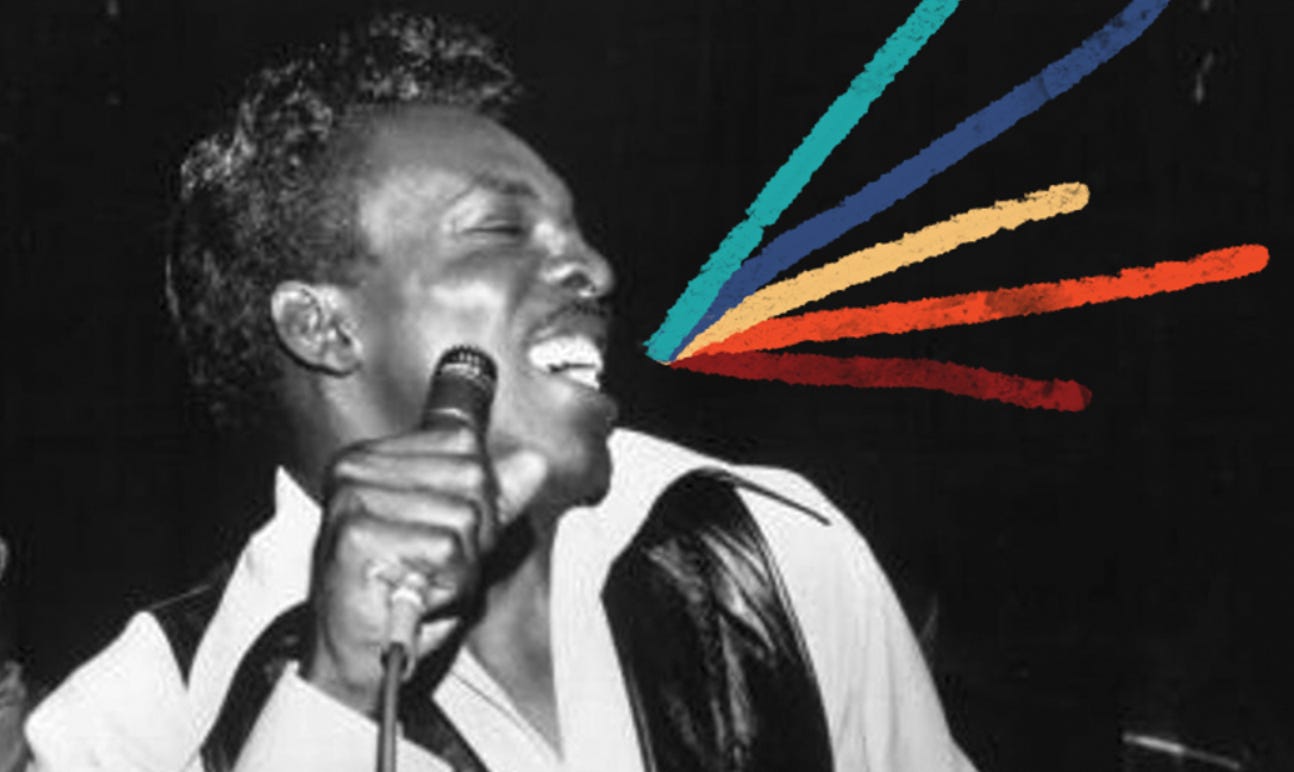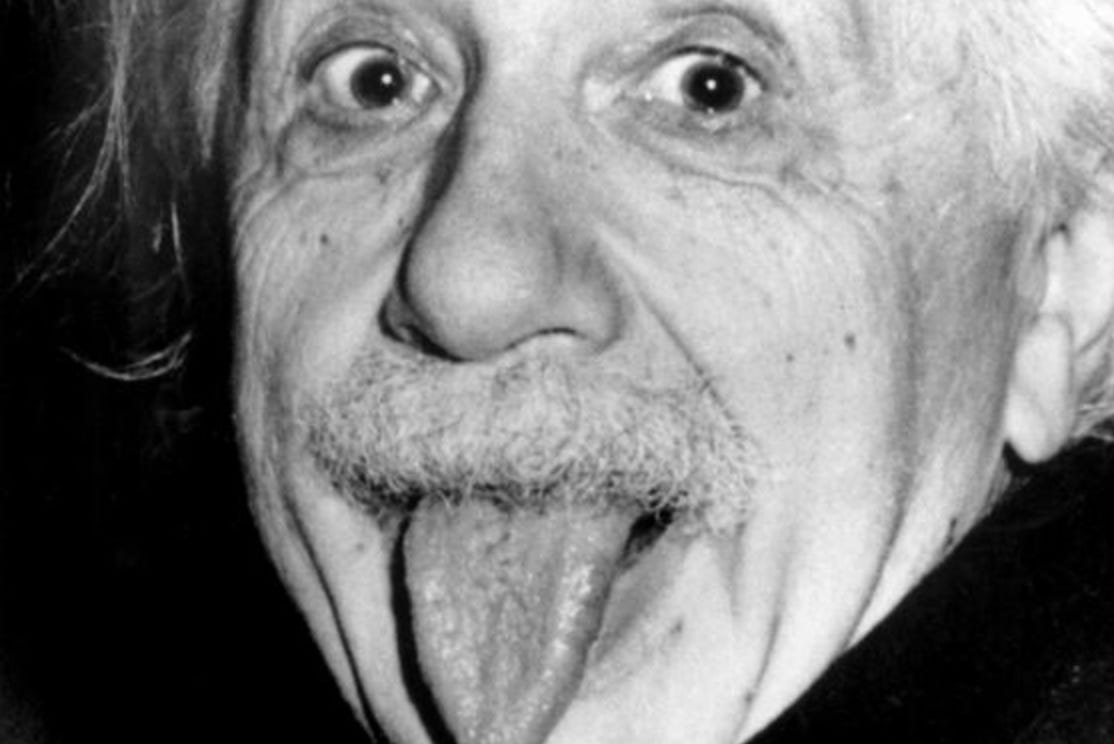THE SIGNAL from David Katznelson
“The artist brings something into the world that didn't exist before, and he does it without destroying something else. ”― John Updike
When I was around five years old I wandered into the family den while my brothers and Dad were watching the Spaghetti Western The Good, The Bad and the Ugly. They let me stay and watch it with them and I was transfixed…the epic plot around finding gold…the huge scenes that Sergio Leone was so masterful at staging…and that iconic Ennio Morricone score—in a way the main character of the film—filling the film with the greatest dramatic intrigue. Clint Eastwood was cool, no doubt…a cowboy superhero with no name. But there was also Eli Wallach’s Curley Stooge-inspired UGLY character…he was an incredible cartoon that I could not take my eyes off.
The film…along with the other two spaghetti westerns Clint starred in…became family favorites…as certain films tend to do. And even after my brothers went to college (I was much younger) my Dad and I would catch every opportunity to watch them when there were re-aired on the tube.
I relate this story because over the past two nights my son and I watched the film together, for the first time. L’dor va dor. I was a little worried about the violence witnessed in parts of the film, but I remembered that the whole thing seemed so cartoonish to me as a kid, that it would probably feel the same for my him. From the very beginning of the film, when the Ugly escapes a gunfight while jumping out a window of a restaurant with his bib still on and a leg of meat in one hand, Asher was in, with a a smile on his face. He associated many of the crazier scenes with Monty Python sketches…and in a way, I totally saw where he was coming from (and saw the film in a new light). The story is so damn compelling and the characters so colorful, the film was candy to his eyes.
But my favorite part of the experience came near the end…when Wallach’s character is running through the graveyard, looking for the grave of Arch Stanton…the grave where he thinks the gold is buried. It is full-on drama with the Ennio Morricone score in full-effect including the Star Trek-ish female vocals wailing over the strings and spanish guitars and galloping drum-slaps. Asher turned to me and said: Daddy….this is a great soundtrack. It certainly is.
I have been side-stepping Eastwood’s films since his catastrophic monologue to an empty chair a few Republican conventions ago…but it was so nice to shed the politics and dig into one of his iconic characters. The man with no name…no past, with an unknown future and the whole world at war around him (a story just as much for our time as it was in the late sixties, when it was first released). What is there not to love.
From Memphis to Muscle Shoals, Wilson Pickett made his mark on soul music
HAPPY BIRTHDAY Wilson Pickett. He would have been 80 today (died wayyy to young). I happened upon this incredible in-depth look at his life published just 3 weeks ago by USA Today (of all news outlets). Bob Mehr tells a fantastic tale of this “trailblazer”, getting the voices of other Stax musicians and the great rock writer Robert Gordon into the mix…and great photos as well. Just a great gift of a read.
Plastover: celebrate Passover by giving up single-use plastic
The organization I run, Reboot, is looking to help curb single-use plastics using Passover and the plagues as a framing. Boing Boing wrote about it yesterday, as Passover is fast approaching. The plastic plague is real…once you start realizing how plastics are everywhere in your life, the big question becomes how do we stop using them?
The story behind Albert Einstein's most iconic photo
Thank you Todd Krieger for this article. This photo shows up in so many places, and I had never even though to consider its story. And it is a good one.
Lightning may have sparked life on Earth
My wife sent me this fascinating article about the new study from Nature Communications: “Most phosphorus on early Earth was trapped in minerals that are essentially insoluble and unreactive, meaning they couldn't be used to make biomolecules needed for life. Lightning strikes provide a new mechanism for creating phosphorus in a form that can make important compounds for life.”
Mountain Life
By: Henrik Johan Ibsen
IN summer dusk the valley lies
With far-flung shadow veil;
A cloud-sea laps the precipice
Before the evening gale:
The welter of the cloud-waves grey
Cuts off from keenest sight
The glacier, looking out by day
O'er all the district, far away,
And crowned with golden light.
But o'er the smouldering cloud-wrack's flow,
Where gold and amber kiss,
Stands up the archipelago,
A home of shining peace.
The mountain eagle seems to sail
A ship far seen at even;
And over all a serried pale
Of peaks, like giants ranked in mail,
Fronts westward threatening heaven.
But look, a steading nestles, close
Beneath the ice-fields bound,
Where purple cliffs and glittering snows
The quiet home surround.
Here place and people seem to be
A world apart, alone; --
Cut off from men by spate and scree
It has a heaven more broad, more free,
A sunshine all its own.
Look: mute the saeter-maiden stays,
Half shadow, half aflame;
The deep, still vision of her gaze
Was never word to name.
She names it not herself, nor knows
What goal my be its will;
While cow-bells chime and alp-horn blows
It bears her where the sunset glows,
Or, maybe, further still.
Too brief, thy life on highland wolds
Where close the glaciers jut;
Too soon the snowstorm's cloak enfolds
Stone byre and pine-log hut.
Then wilt thou ply with hearth ablaze
The winter's well-worn tasks; --
But spin thy wool with cheerful face:
One sunset in the mountain pays
For all their winter asks.







